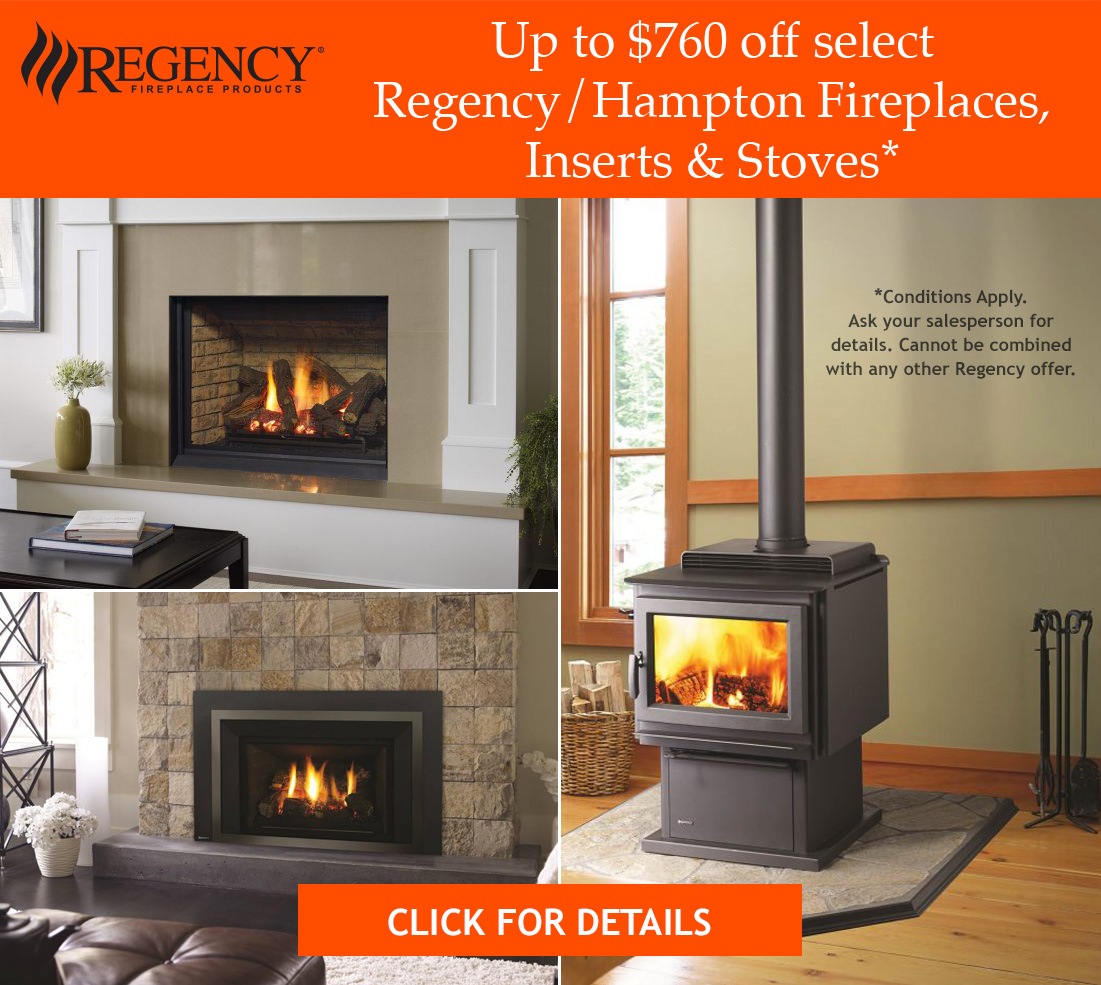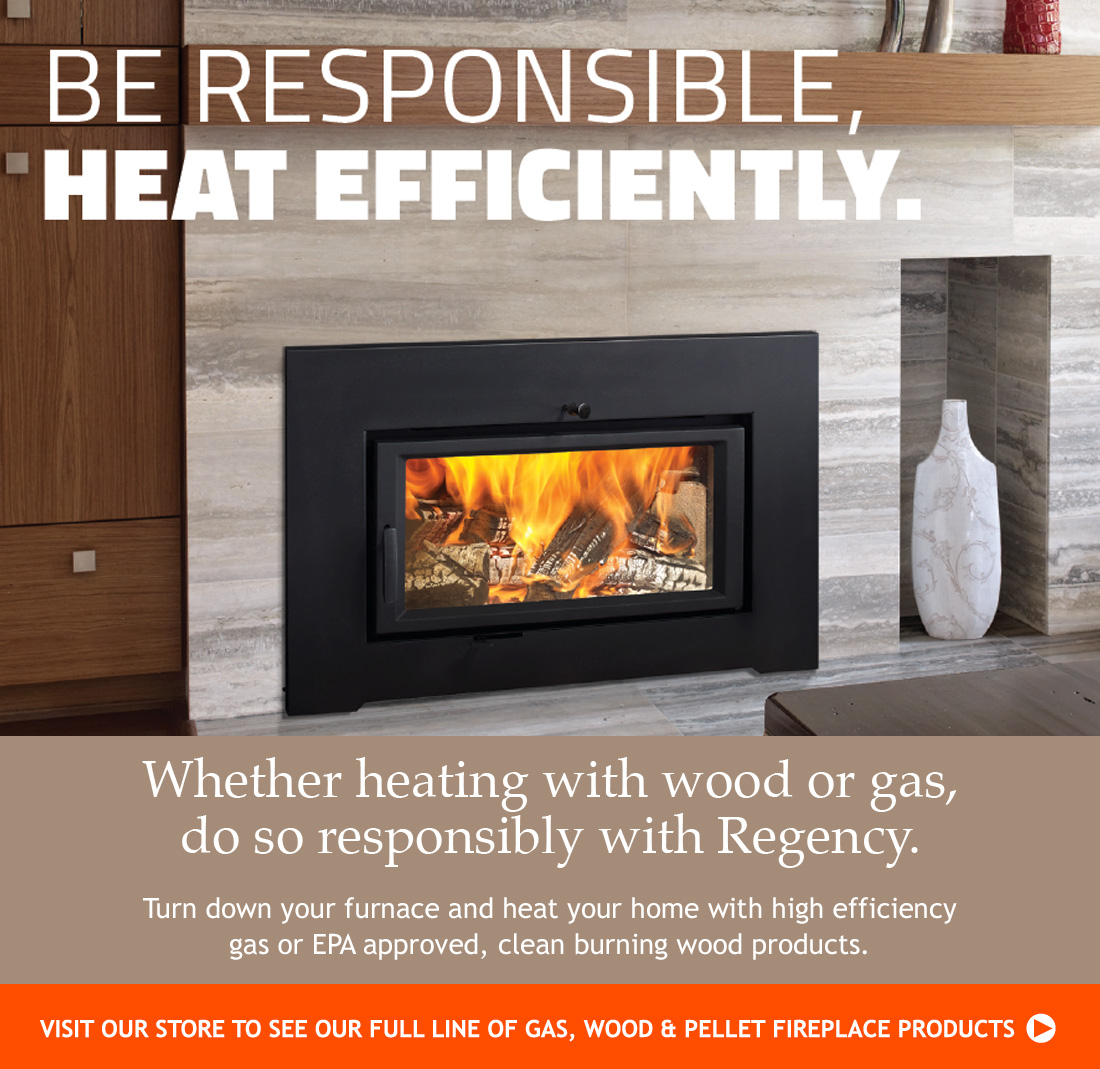A dirty, damaged or blocked chimney can lead to a chimney fire or carbon monoxide poisoning. That’s why the Chimney Safety Institute of America and the National Fire Protection Association (NFPA Code 211) recommend that homeowners have their chimney checked annually.
By industry standards definition, there are three different levels of chimney inspections. The inspection standards were established by the National Fire Protection Association (NFPA). The inspection levels are referred to as Level 1, Level 2, and Level 3.
Level 1 Chimney Inspection
The first level of chimney inspection is the most basic. This inspection is used to verify that your chimney, appliance, or venting system is working safely. The Level 1 inspection is to be used when no changes have been done to the system and no known problems exist with the structure. This inspection may also be combined with an annual chimney cleaning to further ensure the safety of the appliance.
For this inspection we examine the accessible internal and external components of the chimney and appliance or chimney connection. This thorough examination includes checking the firebox, smoke chamber, damper, chimney cap, and chimney crown. The structural elements of the chimney will also be examined and the system will be checked for any blockages or combustible buildup.
Level 2 Chimney Inspection
The Level 2 chimney inspection is primarily for instances when any changes have been done to the chimney system. This includes changes of the fuel type, chimney relining, and/or a replaced furnace or appliance. This inspection may also be used if the home recently changed owners, so that the new homeowners can verify the system’s performance, or if there was a recent chimney fire.
At this level, the inspection includes all of the components of a Level 1 inspection, with an added video element. A color video inspection is used to get a look at the internal surfaces and joints within the chimney. This inspection gives us a comprehensive look at all internal and external components of the chimney. A written report is then presented to you detailing any points of concern found during the inspection.
Level 3 Chimney Inspection
As with the level 2 inspection, all components of the previous inspections are included in the Level 3 inspection. The Level 3 inspection is more intrusive then the other levels. For this inspection, parts of the chimney hidden from view may need to be removed and examined for defects. To get to these parts of the chimney, we may need to remove bricks, metal flue pipes, masonry, chimney crowns, chimney caps, interior chimney walls, or any other parts of the chimney system. A Level 3 inspection is only necessary when one of the previous inspections reveals a serious problem, and the only way to access the area is to open up the chimney. These inspections are extremely rare and are only necessary in about 2% of all inspections.







